BIFURCATION – BIO SINGULARITY
OBJECTIVE:
To understand Gaudi’s methodologies of column making and rethink them using computational design. The goal was to design a branching system that could seamlessly bifurcate one column into several branches. Through computational modeling and physical production, we were able to test our custom profiles and create three column prototypes.
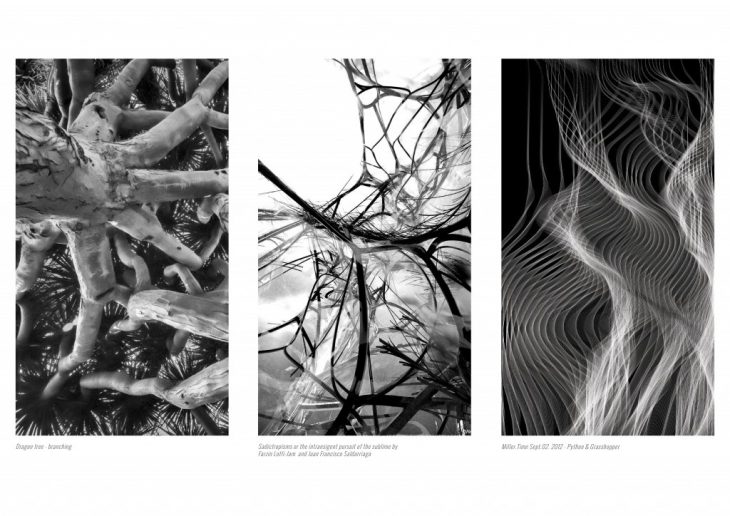
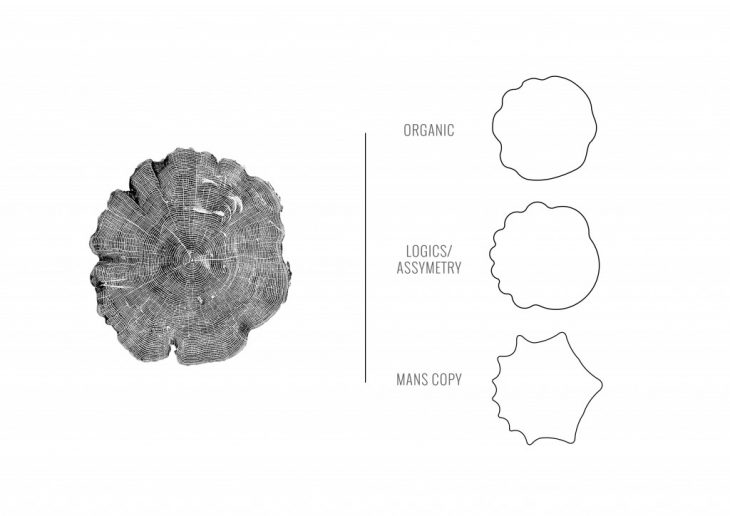
PROCESS OF BIO-SINGULARITY
By using the irregular pattern of a tree truck slice for our first profile, we were able to extract the logics of the organic form to further accentuate them in our second profile. However more systematically, our second asymmetric profile follows a pattern rotation of 15 degrees, with more symmetrical curves similar to that of the first profile. Beginning with straight rails to guide our first profile, we developed custom rails to create a twisting motion, similar to natural tree growth. We used the custom rails for our second and third profiles. Following the theme of asymmetry, the third profile follows a rotation logic which matches the chosen L- branching system. Quadrants are dissected into 1, 2, and 4 segments with sharper curves to appear less organic or ‘man-made.’ Applying the twisting motion of our custom rails, the third profile generated a sharp, glitch-like aesthetic, accentuating the synthetic or “man-made” concept.
PROFILE FORM FINDING
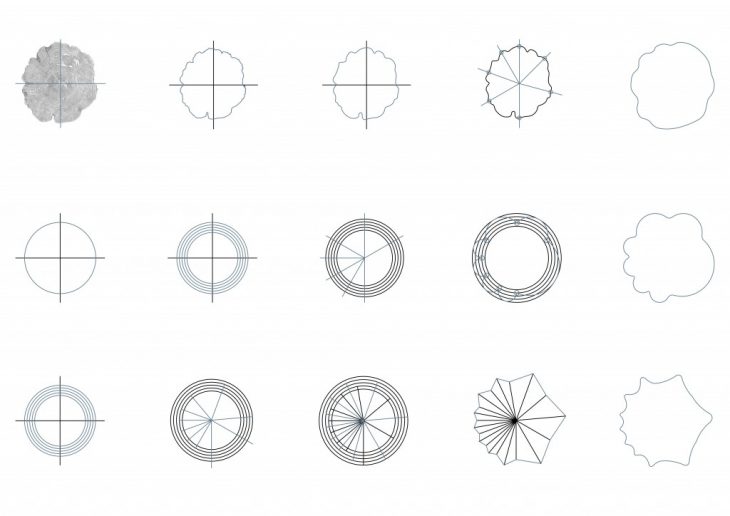
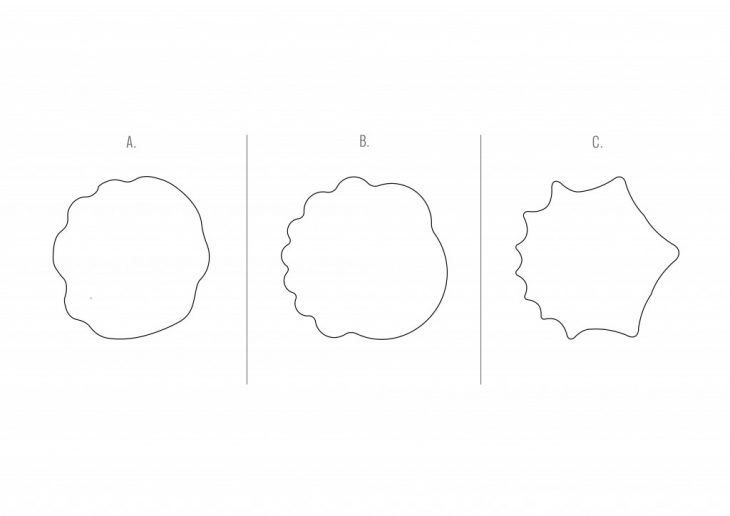
OUTPUT ITERATIONS
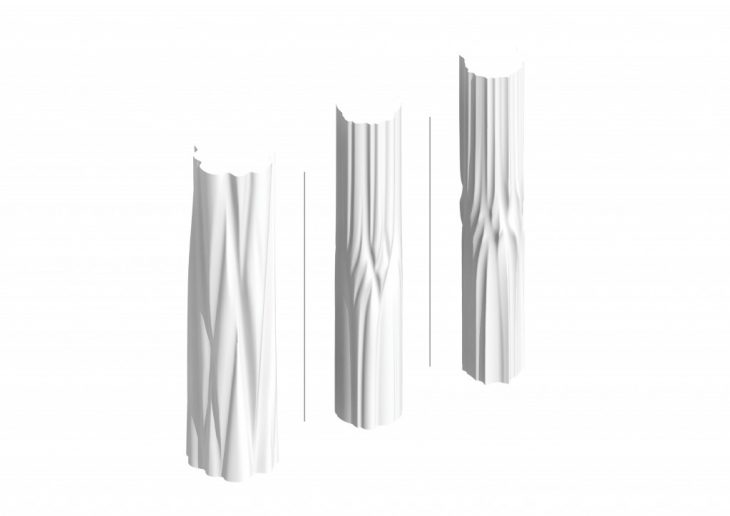
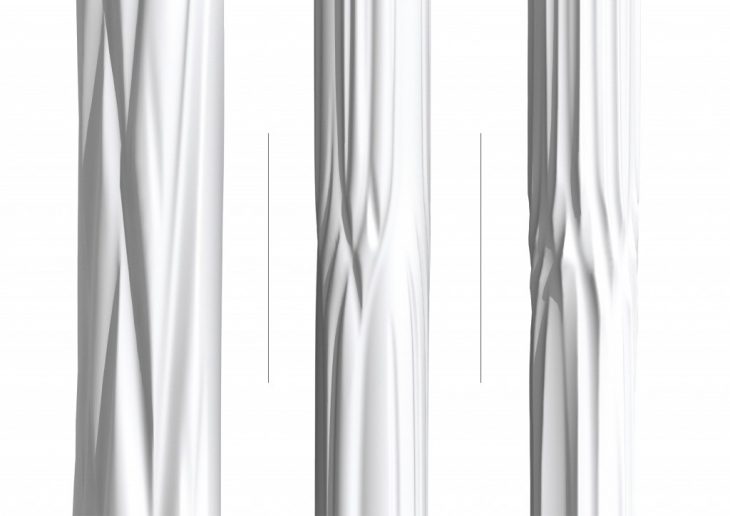
COLUMN MACHINE OPERATIONS
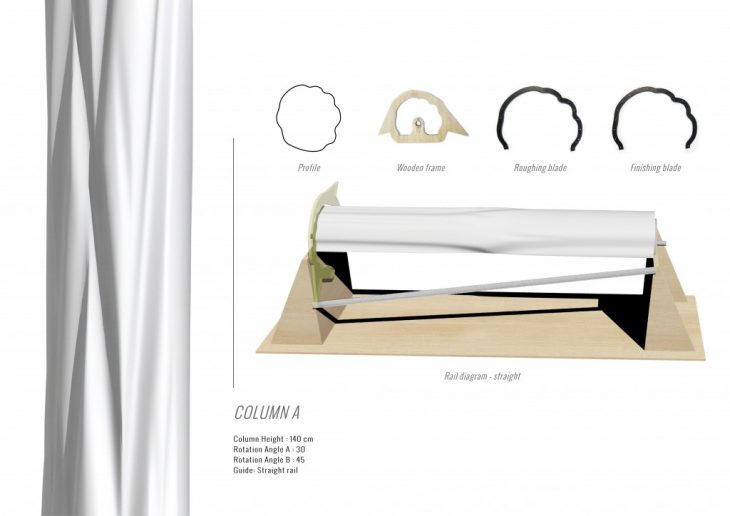
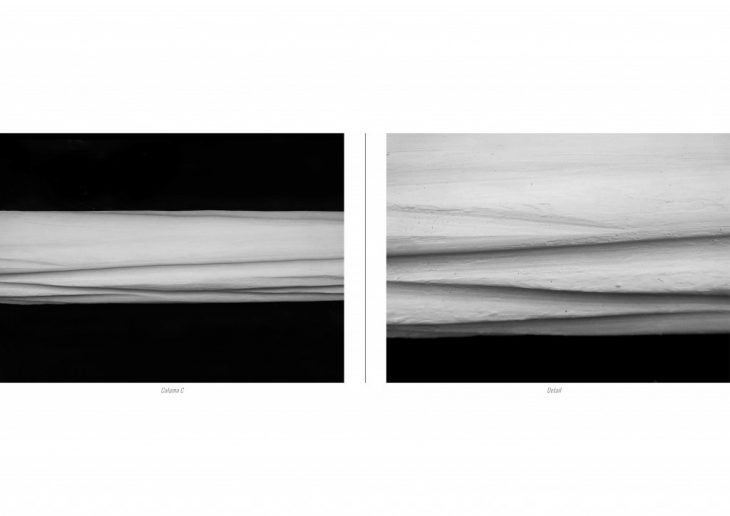

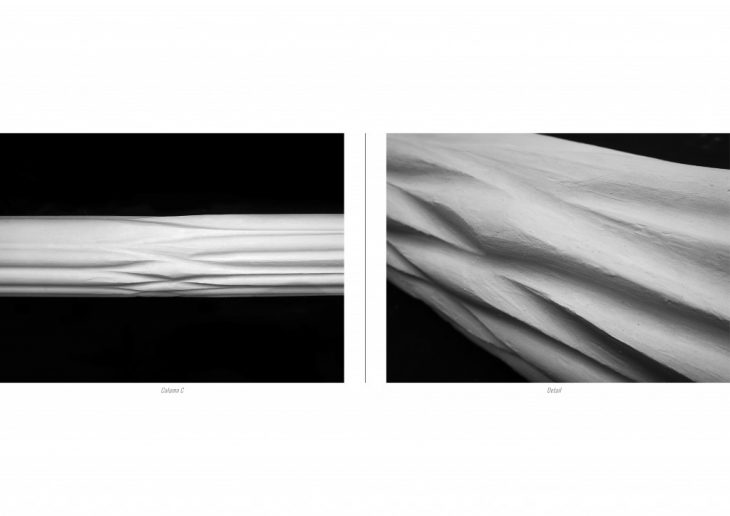
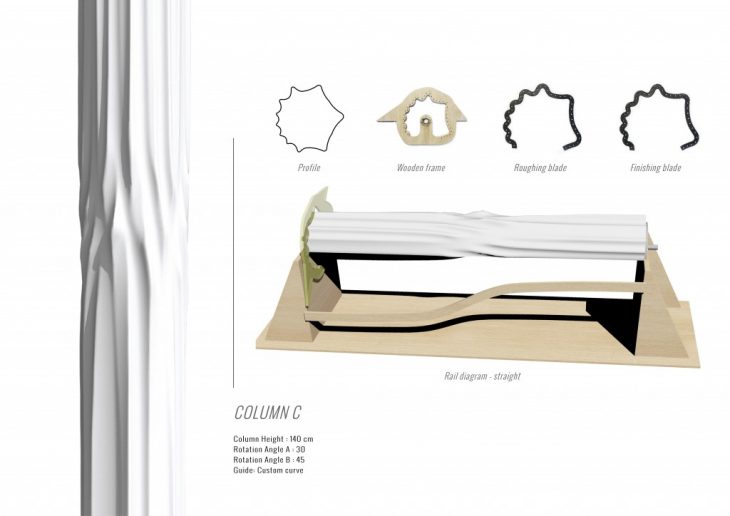
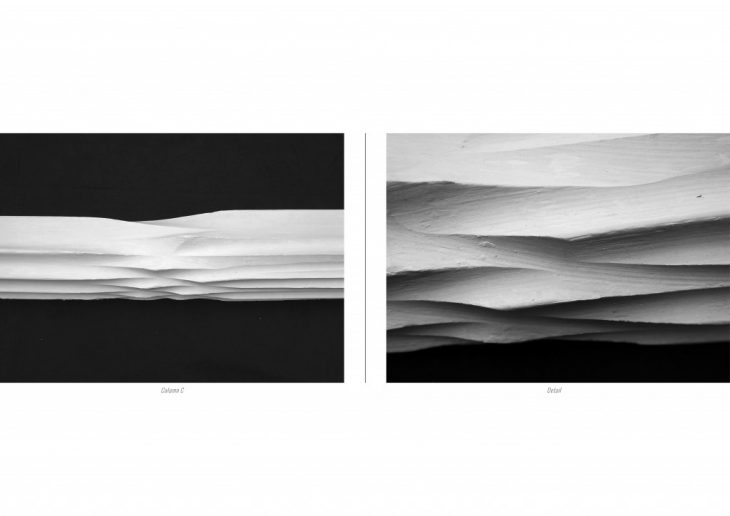
MAKING PROCESS
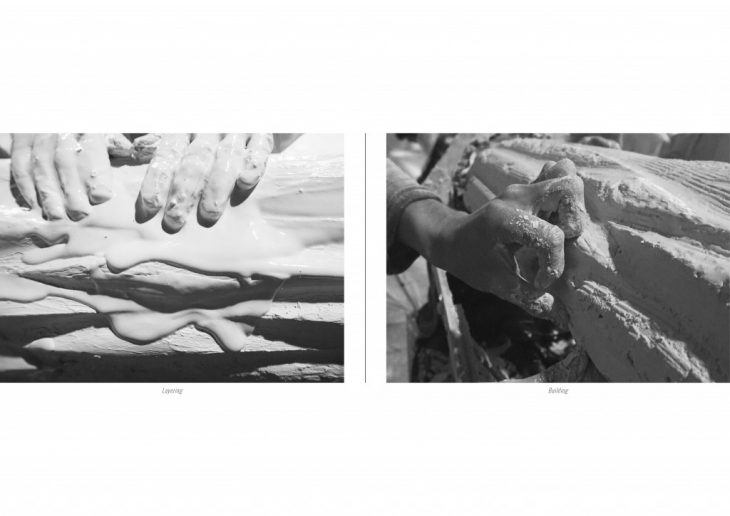
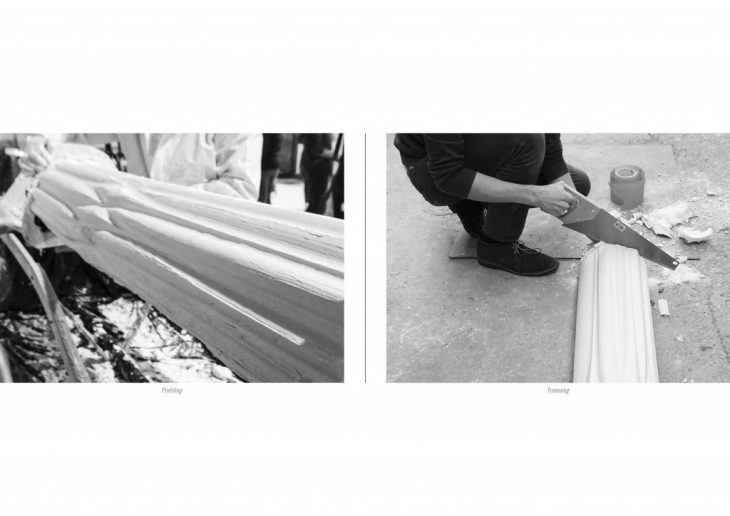
BRANCHING SYSTEM – L-SYSTEM BRANCHING
The branching type used for our bifurcating system was the L-system. Recursion allows our branching to grow self-symmetrically, from a simple bisect into a more complex fractal branching system. “Lindenmayer systems are also popular in the generation of artificial life.” This is the seed of our design concept. A progression from organic to man-made… the transformation or replication of logic taken from nature and re-used in a man-made construction method.
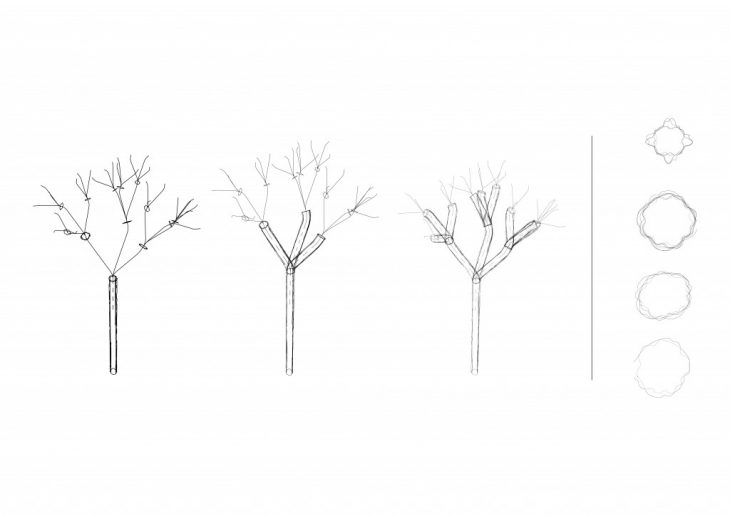
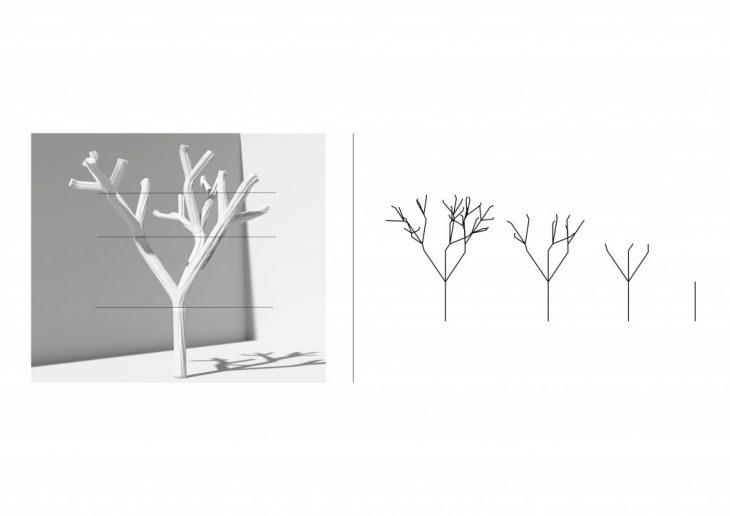
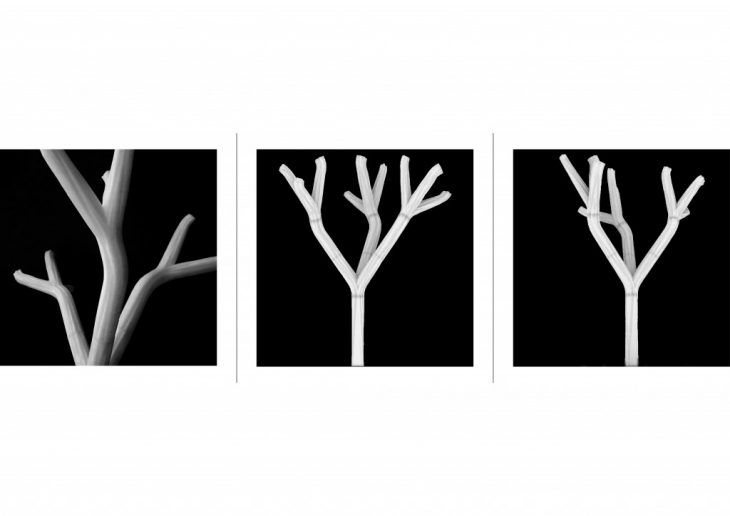
DESIGN CHALLENGE
The branching system is used as a massive support system which also drives the section of the building by separating the levels within the branching strategy. Walkable bridges were created between each support. As elevated pedestrian walkways which links the outside of the building with inside.The link between the skylights and the support system was crucial for the design concept of mimicking nature. The ceiling is a perforated surface with six circular skylights. These skylights indicate the location of the use of supports.
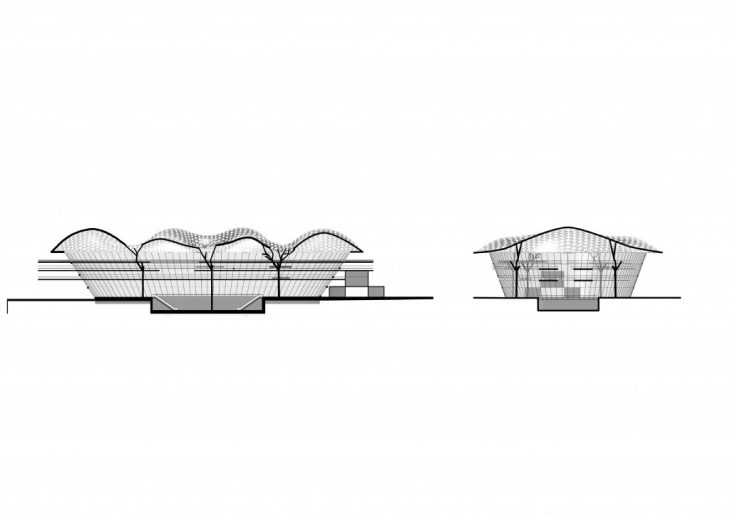
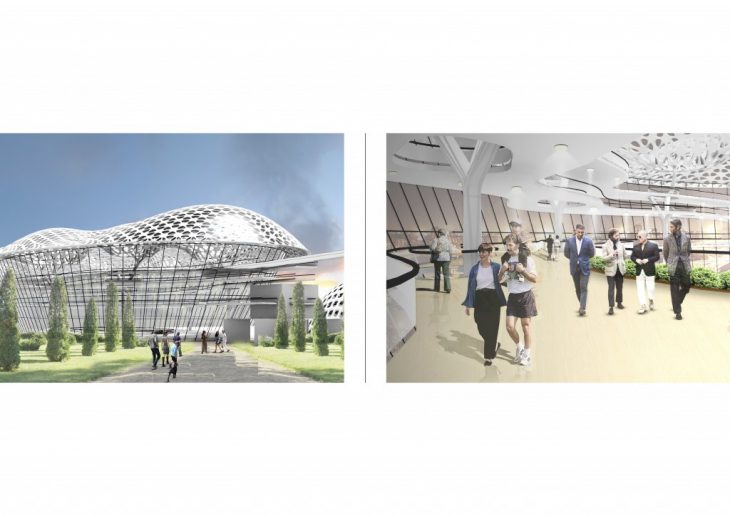
Bio-Singularity is a project of IaaC, Institute for Advanced Architecture of Catalonia developed at Master in Advanced Architecture, in 2018/2019
Students: Olivia Alvarez, Alaa Aldin Al Baroudi, Jitendra Farkade, Fouad Nader Hanifa, Ivan Marchuk, Justin Sheinberg
Faculty: Mark Burry and Rodrigo Aguirre
Support: Lana Awad, Nikoleta Mougkasi, Soroush Garivani, Arman Najari, Lars Erik Elseth
